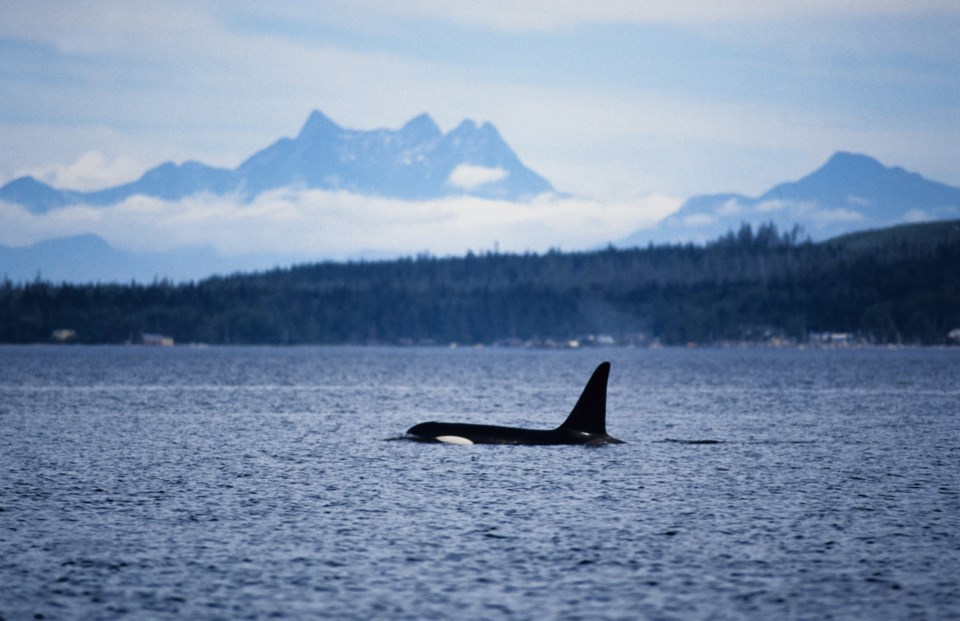It's World Orca Day and new life is renewing hope for the southern resident killer whales living off the coast of B.C.
Of the seven calves born in the last four years, four of them have been identified as females, professor Andrew Trites of UBC's Institute for the Oceans and Fisheries, said.
"If you go back over the past 20 years, the sex ratio of newborns has been roughly two males for every female born," Trites said. "Now, we're getting the bias towards females and that's the best sign of hope."
This population of 75 orcas, according to Trites, is made up of three pods: the J Pod, K Pod and L Pod. Together, they're one large extended family whose newest member, K45, was confirmed on July 10.
Most recently, the Centre for Whale Research (CWR) recorded a sighting of the J, K and L pods on July 9 just northeast of Race Rocks by Sooke, B.C.
Historically, these orcas were captured for marine park exhibitions and often killed in the process. In the 1960s and early 1970s, at least 13 orcas were killed while being captured and another 44 died after arriving at a marine park, according to the CWR. Since then, the pods’ population peaked at 98 whales in 1995, before beginning its steady decline to today’s numbers.
In 2001, killer whales were listed on Canada’s endangered species list and in 2005 they were added to the U.S. list.
Currently, southern resident killer whales are one of the most endangered species in Canada, according to Fisheries and Oceans Canada.
Trites said there are a number of different factors putting the species at risk. A low chinook salmon population, a critical food source for the southern residents, is one of them.
"We know that the long-term prognosis for salmon is very bleak with climate change," he said. "The food base that once supported them is no longer there. I think going forward, it's probably gonna get far worse rather than far better."
Among the other threats to the population mentioned by Trite are inbreeding, vessel activity and contaminants in the orca's habitat.
To protect this dwindling species, the Government of Canada recently expanded some of its policies, including sanctuary zones, fisheries closures and seasonal slowdown areas for vessels.
Trites said for B.C. residents, supporting these measures and encouraging further research into the ecosystems these southern residents rely upon, are some of the best ways to have an impact. For British Columbians on the water, he said slowing down and giving nearby whales space allows them to feed and rest.
"I think, in some ways, [this is] about us trying to define a new relationship with the wildlife that's here," Trites said.
Prior to the recent baby boom of calves in the population, Trites said there was a four-year gap where no new calves were born. Now, with seven new calves and a higher female-to-male ratio, Trites said this small population is showing signs of perseverance.
For now, he hopes education surrounding the southern resident killer whales and the Salish Sea increases so that residents of B.C. can continue learning how to celebrate and coexist with the animals.
"We live very, very close to their home and we tend not to realize just how much our lives are interconnected with them."





